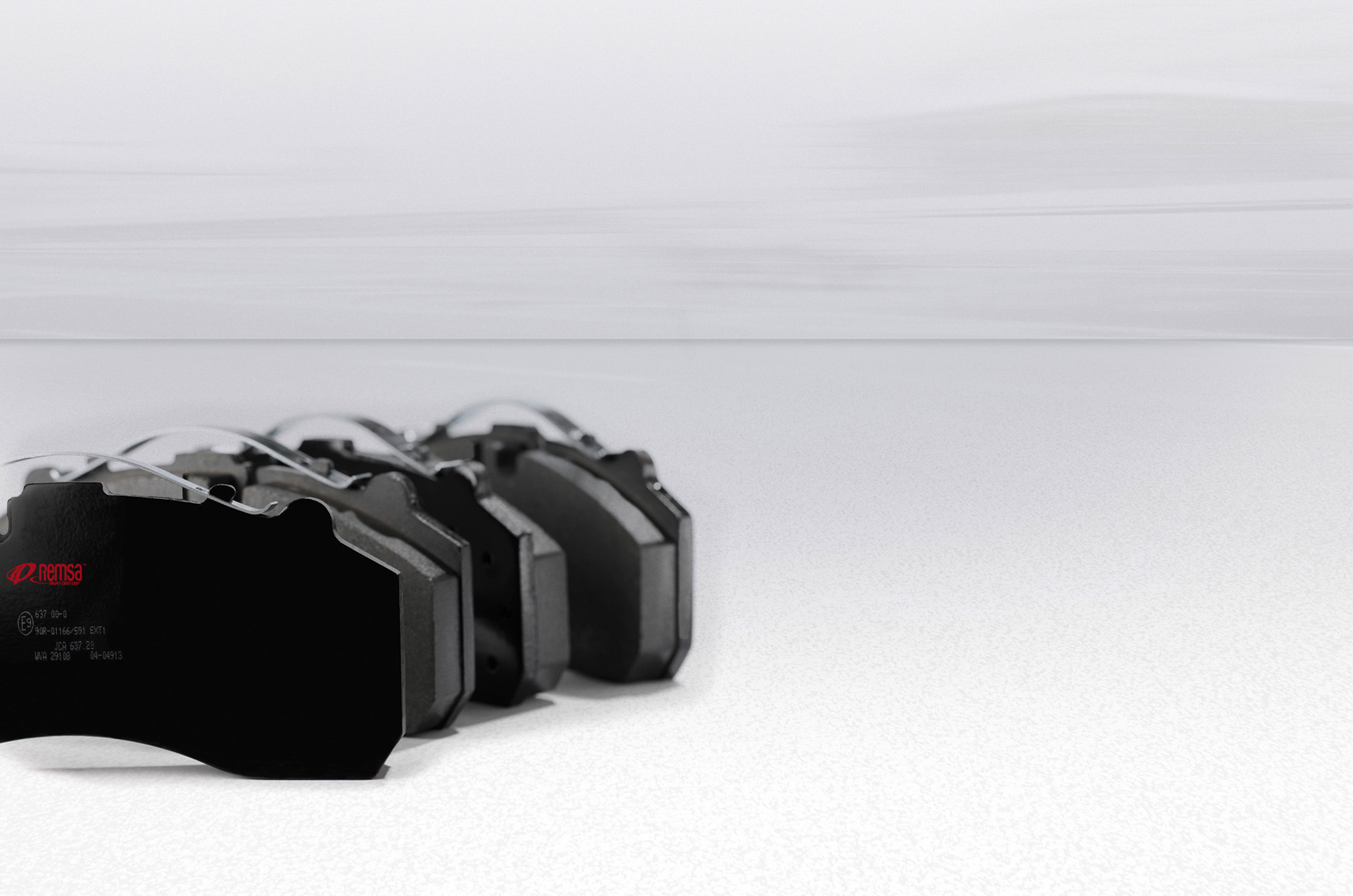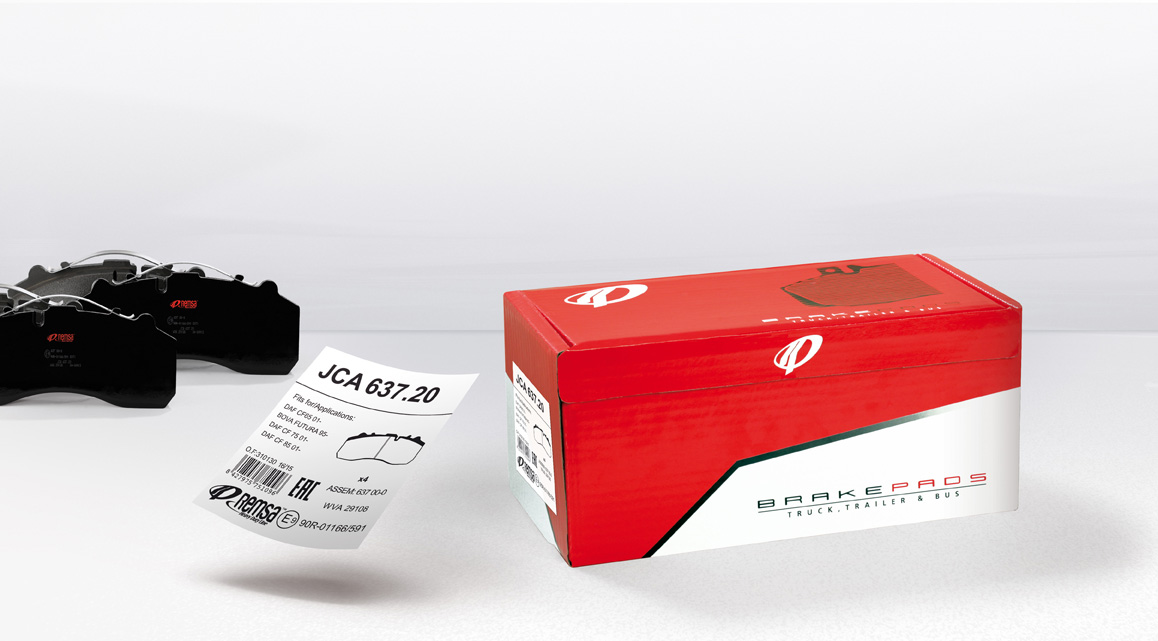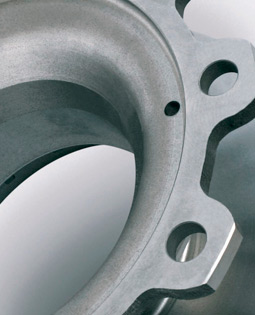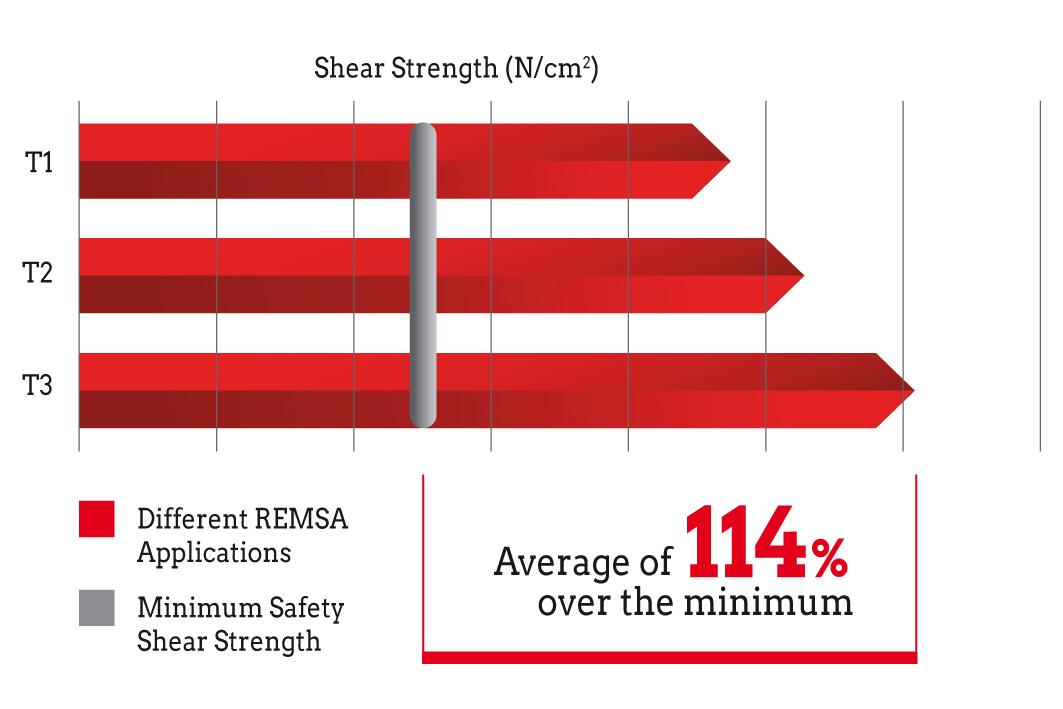Heavy Duty Line
Renewed product line for Commercial vehicles Heavy Duty Line, as a result of an extensive experience in manufacturing quality friction materials, and the latest technology applied to production processes.
REMSA Heavy Duty Line, the range of brake linings, pads and discs designed for heavy duty vehicles, is the end result of a continuous research and development programme carried out by braking automotive professionals backed up by an extensive testing equipment.
NEW CONCEPT. R&D years and countless tests, allows Remsa Heavy Duty Line provide:
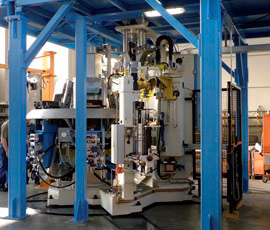 – A new friction material capable of withstanding the most extreme working conditions, keeping an efficient and safe brake sensation.
– A new friction material capable of withstanding the most extreme working conditions, keeping an efficient and safe brake sensation.
– Back Plate. Accurate cut, high quality steel made.
– An improved Underlayer that connect back plate and friction material, with an adhesive properties to withstand high temperatures.
The manufacturing process is on automatic deep molding presses which are able to control temperature and processing time on each individual part:
- Low organics content
- Correct dosage mix
- Avoids a premature wear
- Stable frictional behaviour
Long lifetime
- More than 25,000 hours a year of testing in dynamometer and over 2.5 million kilometers on the road to ensure quality of our friction material. A close collaboration with main logistics international companies, allows Remsa make fleet test, both tractors and platforms.
Pressure control
- Uniform wear prevents cracks on the friction material
Temperature control
- All friction components bonf together and pervade the entire pad in a homogeneous way.
- New Remsa Heavy Duty Line packaging. High quality and neatly designed consistent with the quality of our brake pads.
- More ergonomic, Remsa Heavy Duty Line packaging helps to transport and storage, and protect the brake pads to arrive in the best condition to the end user.
Remsa Heavy Duty Line, Brake Disc
 The ever increasing adoption of discs instead of drums, as used in the past, allows:
The ever increasing adoption of discs instead of drums, as used in the past, allows:
- a better dissipation of heat
- a noticeable redution in brake fading
- reduced braking distances
- a general improvement in active and passive safety
- improved comfort concerning judder an squealing
Raw material
Remsa Heavy Duty Line discs are made according to the standards required by the manufacturers of vehicles. They use grey cast iron in mechanical and microstructure specifications similar to the Original components.
During casting and especially during cooling, all measures are taken to avoid thermal stresses.
Accurate controls constantly check that the castings are free from cracks, micro suctions and other defects that may affect disc life and performance
Precisely formed holes
Disc positioning is ensured by the precise placing of the central hole and radial holes.
The precision of machining as required by the drawing is controlled by sophisticated measuring instruments.
Parallelism and flatness
Machining takes place on CNC production lines capable of maintaining the correct parallelism and flatness.
The observance of strict tolerances is an absolute guarantee for a minimum DTV (Disc Thickness Variation) and also for a comfortable braking manoeuvre free of squealing and judder.
Product marking
Product is punch marked on the disc edge and showing: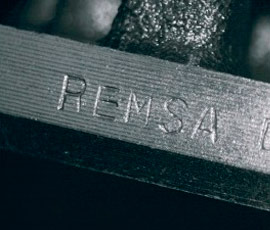
- Remsa Trade Mark
- Product code
- Batch number
- Maker’s code Min Th (minimum thickness)
Disc are then immersed into a special protective oil, to protect them against corrosion during storage.
Accesories
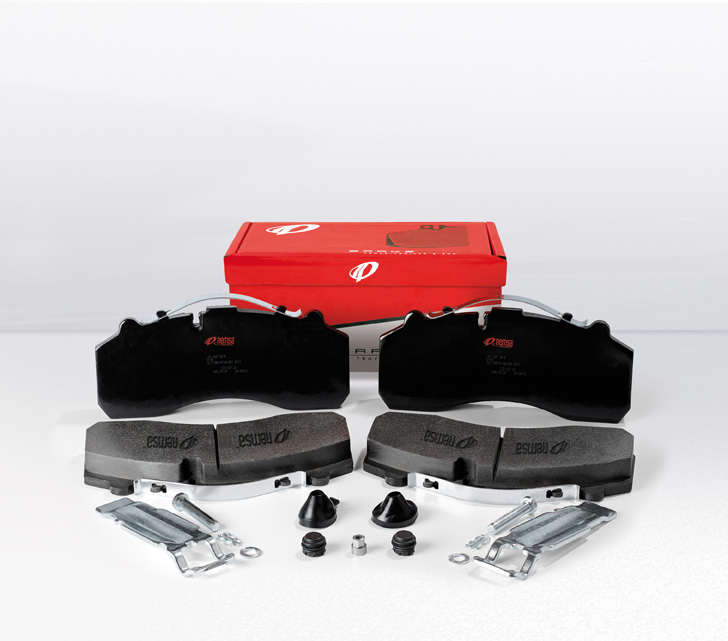 REMSA Heavy Duty Line range of braje pads is completed by a set of accesossories wich, combined with the basic product, make it possible to cover the great majority of variations in each individual market.
REMSA Heavy Duty Line range of braje pads is completed by a set of accesossories wich, combined with the basic product, make it possible to cover the great majority of variations in each individual market.
Heavy Duty Line Brake Pads – A few test
DURATION
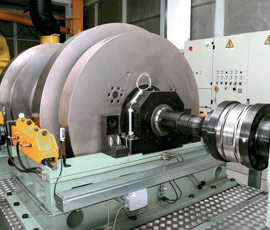 Comparison road test on 12 tractor and trailer rigs over 300.000 km. have demonstrated that REMSA Heavy Duty Line lasts up to 15% more compared to other quality brake pads. Hence the name “Long Life”.
Comparison road test on 12 tractor and trailer rigs over 300.000 km. have demonstrated that REMSA Heavy Duty Line lasts up to 15% more compared to other quality brake pads. Hence the name “Long Life”.
FEMFM (Federation of European Manufacturers of Friction Materials) sets a series of test, common to all, as per standard dynamometric protocol. These test show the evolution in the friction capacity of several materials compared to the neb material Remsa Heavy Duty Line.
LABORATORY TEST
Compressibility test
Compressibility tests ensure that pedal stroke is not excessive as well as preventing brake noise.
This is meant to measure the resistance to cracking according to ISO 6312 1981. It is necessary to have a minimum resistance of 250 N/cm2.
This Directive is just as demanding on the marking and packaging compliance as it is for passenger car brake pads.
TYPE APROVAL ECE R-90 (Brake pads and brake discs)
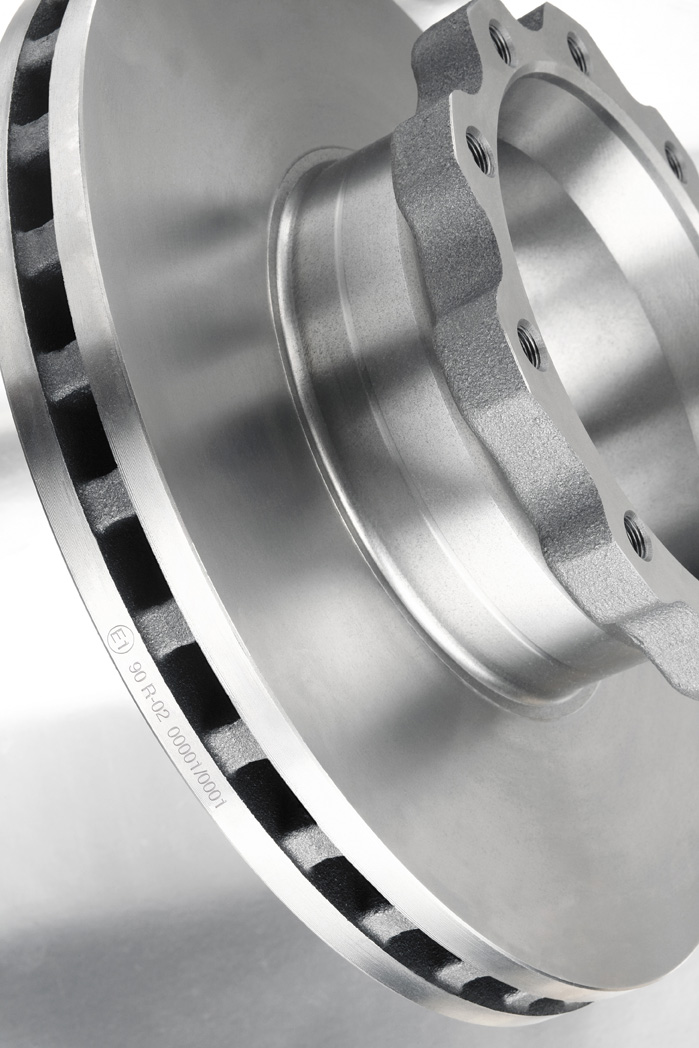
Regulation 90, derives from European Directive 2002/78 CE which requires all manufacturers of friction materials in the replacement parts market to have all product types approved. Test are the same as those required for type approval of the Original Components.
Test type 0: performance at cold conditions
Test type 1: loss of performance at hot condition
Type approval for replacement parts requires specific test on top of those demanded on Original Components.
- Speed sensitivity test.
- Comparison cold
The admitted deviation in +/- 15% compared to the Original Component.
